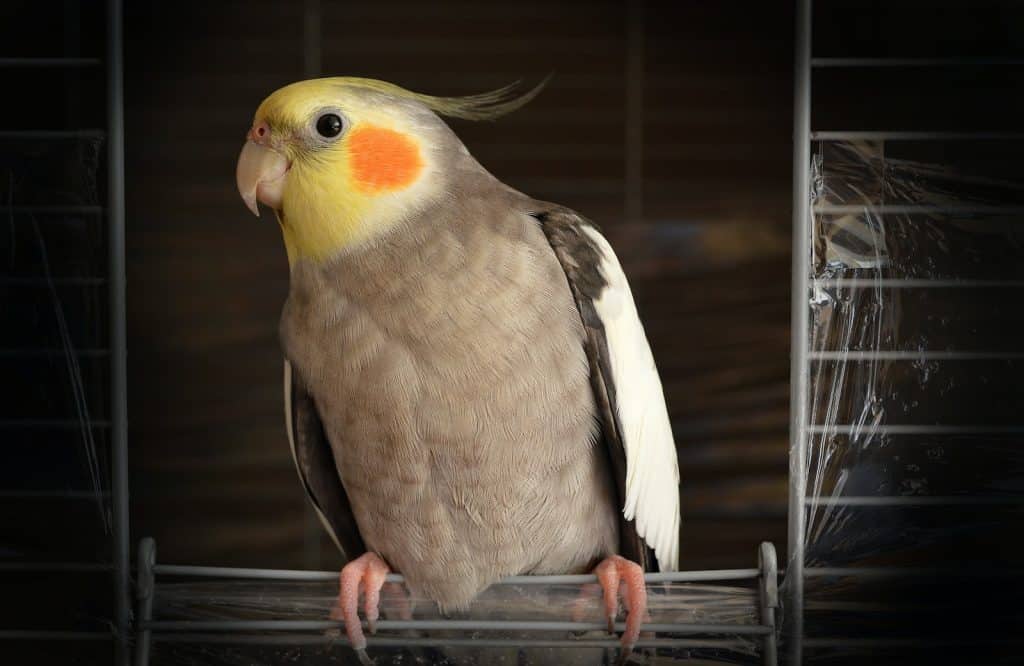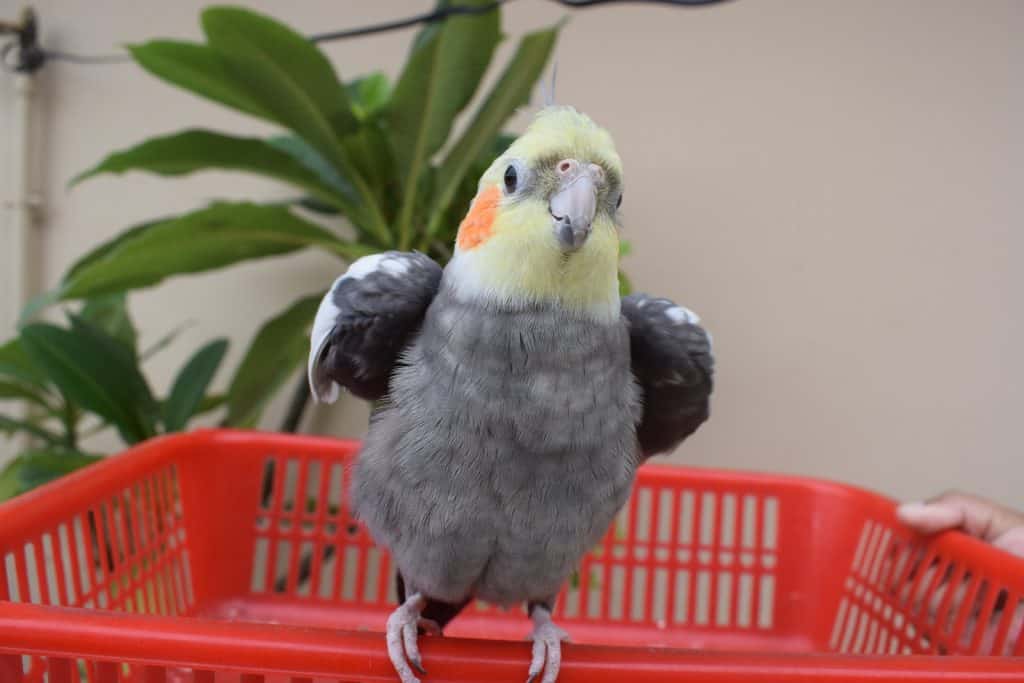A cockatiel crop must be empty every twenty-four hours. If it doesn’t, a sour crop is likely to develop in the young ones. If the cockatiel has a gas-filled crop (Candida). So, keep on reading to understand cockatiel crop clearing.
Cockatiel crop clearing: What is it?
Birds digest food using a variety of organs, each performing a specific digestive function. Feeding and recognizing when something is wrong are easier thanks to an understanding of the avian digestive system. The crop is an important tool for avian veterinarians and owners in determining when the bird has last eaten and what role the digestive system is performing.
Although most birds have a crop, it can be tricky to spot, and you shouldn’t mistake it for other features near the bird’s throat. The crop is tiny on migratory bird varieties and considerably larger on seed-eating kinds of avian species.
Cockatiel crop clearing: Where is the bird’s crop located?
The crop acts as a food storage area and initiates digestion before delivering the meal to the stomach. It’s where birds may keep their meals before they’re carried the rest of the way to the stomach, which is known as a thin-walled pouch at the bottom of the esophagus. When the crop is empty, hunger signals are sent to the brain, advising the bird that it’s time to eat. The crop’s adaptability allows birds to consume more food than they would if fed from a bowl.

Not only does the crop play an important role in a bird’s life, but it is also essential for baby chicks. Parent birds including hook-billed Psittacines (parrots, cockatiels, and parakeets) and Passerines (canaries, finches), regurgitate their food so that their newborn chicks always have something to eat.
It is important to feed baby birds on a regular schedule so that you can monitor how much food they are eating and if the crop is emptying between feedings. This prevents any food from spoiling in the crop. If you notice that the time between crop emptying suddenly increases orthe crop slows down, observe the chick closely.
The crop swells and becomes firm after eating, but it shrinks as food is digested. Food can stay in the crop for up to twelve hours after being eaten. The tiny muscles of the base of the crop’s peristaltic contractions help push food further down the tract during digestion.
Cockatiel crop clearing: Common Causes and Resolutions
- While your bird’s molting process is underway, give them the extra TLC they need.
- Baby food is sometimes served too cold or too hot: The formula’s temperature should be at least 105 degrees Fahrenheit. Keep an eye on the temperature with a digital thermometer.
- The chick will become dehydrated and have an impacted crop if the baby formula is too thick. If it is fed a thinner consistency, then proper nutrition will be prevented, which could cause starvation and death. You must choose a consistency for the formula that matches the age of your chick.
- Dehydration is a problem for the chick because it causes fluid loss. Fluid replacement is essential to preserve the bird’s life.
- The optimal temperature range for 10-day old chicks is 88-92 degrees Fahrenheit, and 96-98 degrees Fahrenheit for younger chicks.
- Overfeeding the chick will stretch out its crop. Overfeeding inexperienced breeders is simple. It’s critical for breeders to know when to stop feeding their young. The crop’s ability to push food from the crop into the digestive track diminishes in overfed chicks, resulting in food remaining in the crop and becoming sour (bad).
- Crop impaction happens when foreign bodies or materials build up in the crop, and chicks may eat nesting substrate which causes this.
- Food remaining in the crop and new food being fed on top of rotting food caused sour crops in the crop. To prevent this or avoid rop infection, make sure the crop empties once a day. If it doesn’t, add a bit of Applesauce or Papaya concentrate to the mixture. This may frequently help with normal crop emptying. Unflavored Pedialyte fed every two hours for the next twelve hours might also assist if this does not work.
- EASY TO USEEasily hooks on to cage for convenient use.
- MATERIALAdopting the natural calcium stone, non-toxic and no harmless.
- SAFE AND HEALTHYCompletely safe to chew and promotes clean and healthy teeth.
- FUN TO REST AND GRINDCan be arbitrarily placed in cages, your little pets will gnaw by themselves.
- COLORFUL DESIGNVibrant colors can better attract the attention of birds, prevent parrots from getting depressed and yelling or biting.
Cockatiel Crop Clearing- Final Thoughts
This allows cockatiels to eat a large amount of available food quickly and then fly to safety, where the food can be digested at a steady rate.
If fed twice daily, the flock of healthy pigeons should empty in 12 hours if fed twice a day, and in 24 hours if fed once a day. Delayed crop emptying can be an early signal that something is wrong with the team.





